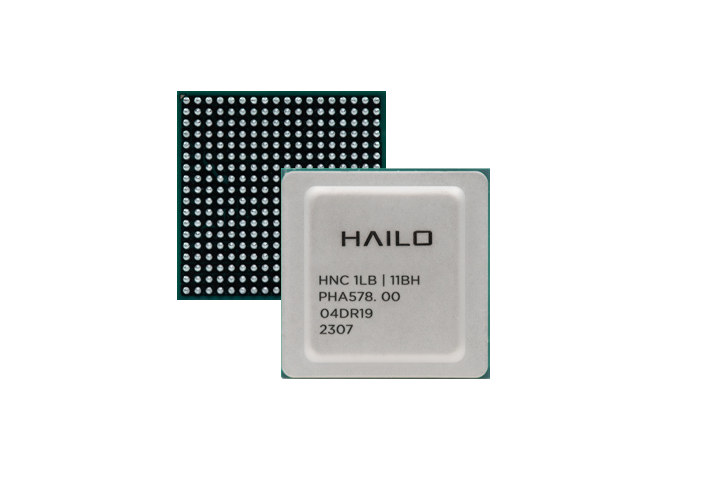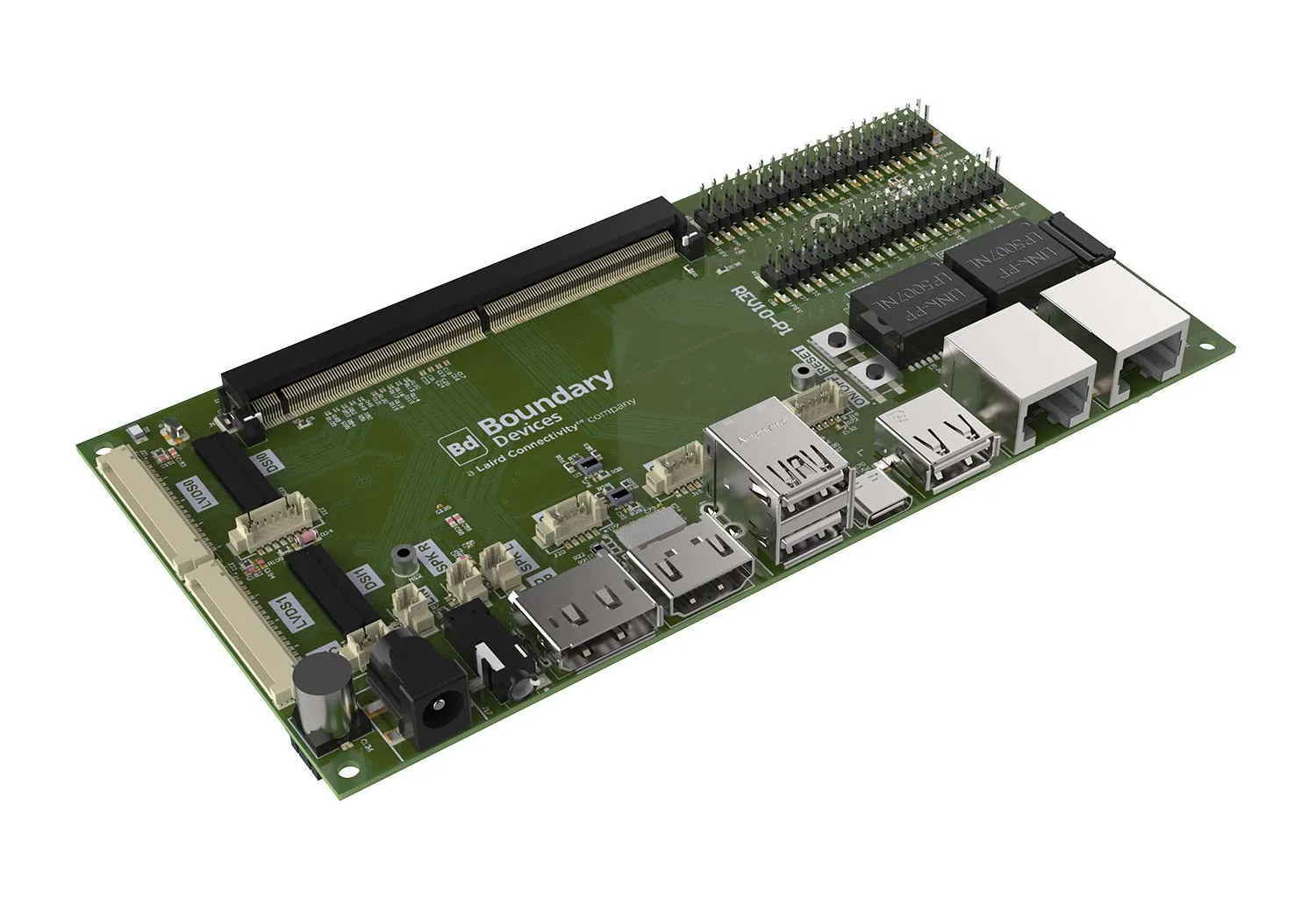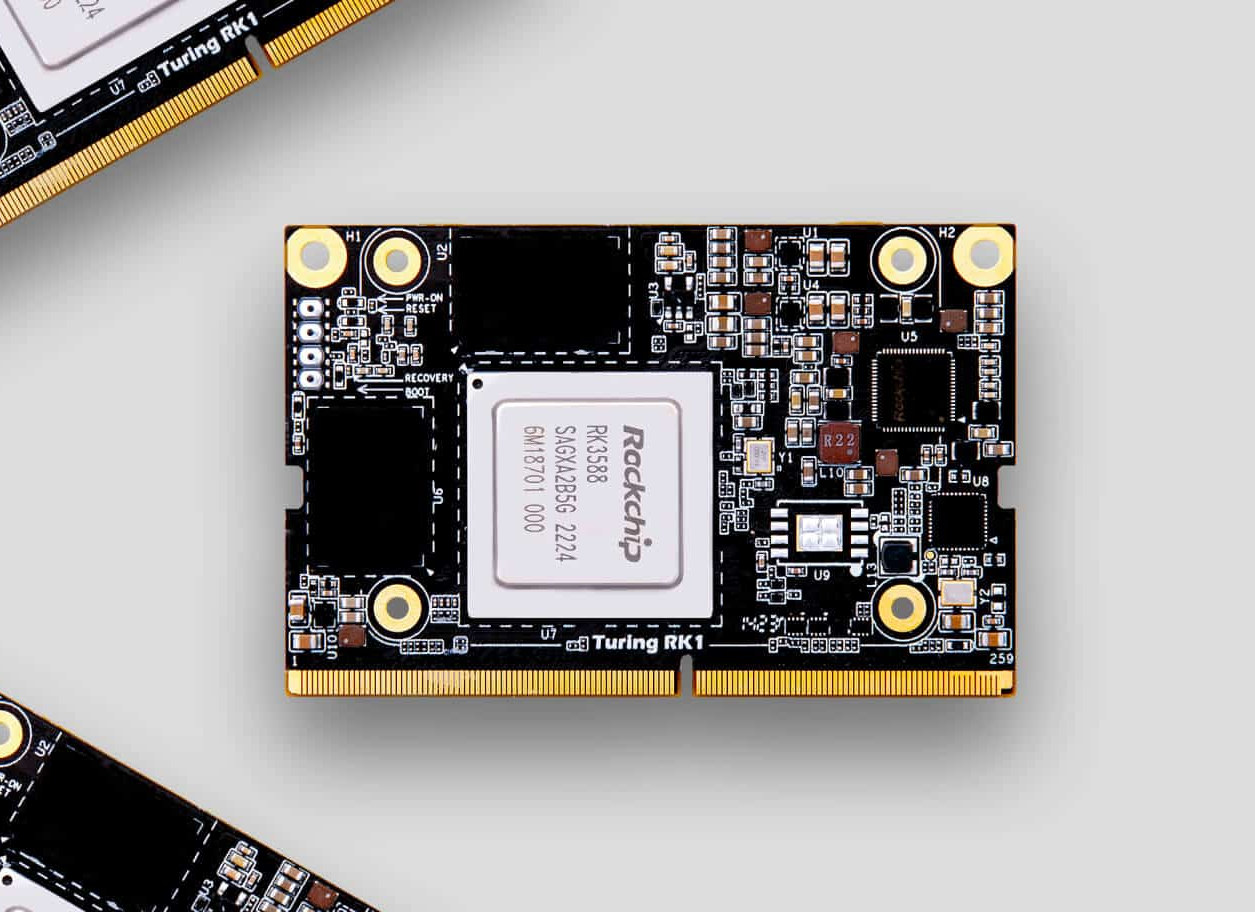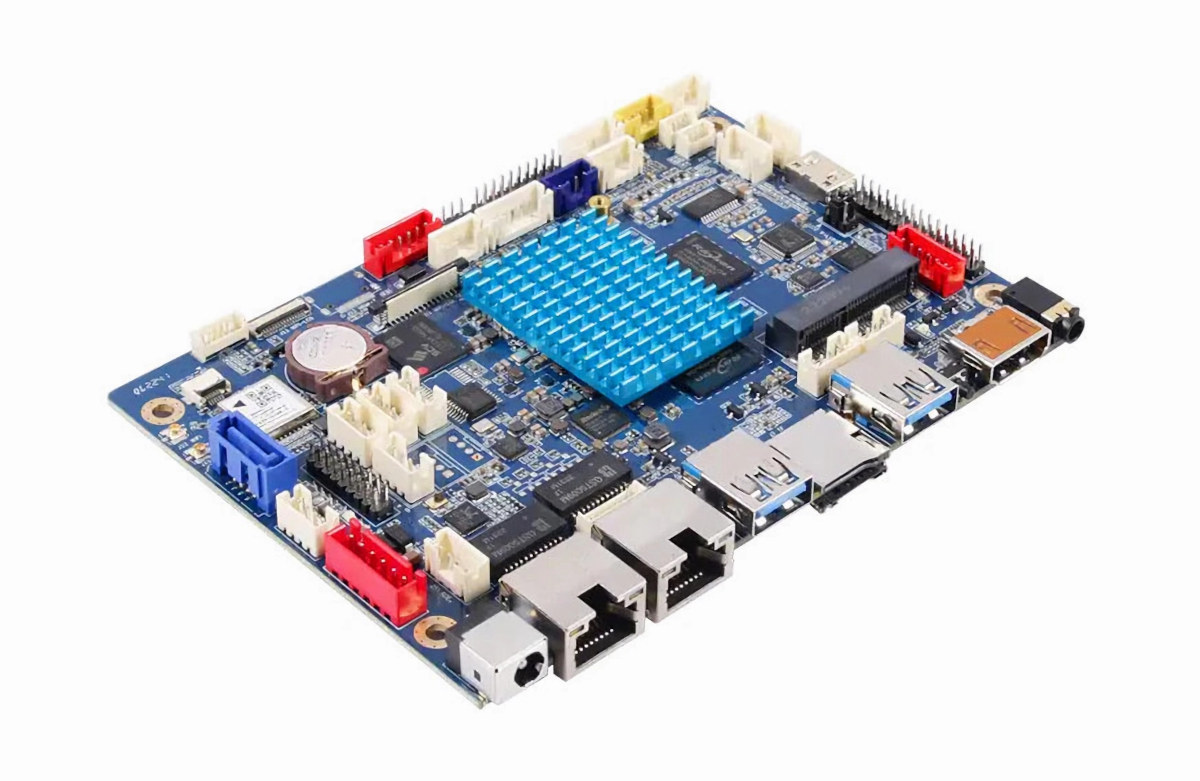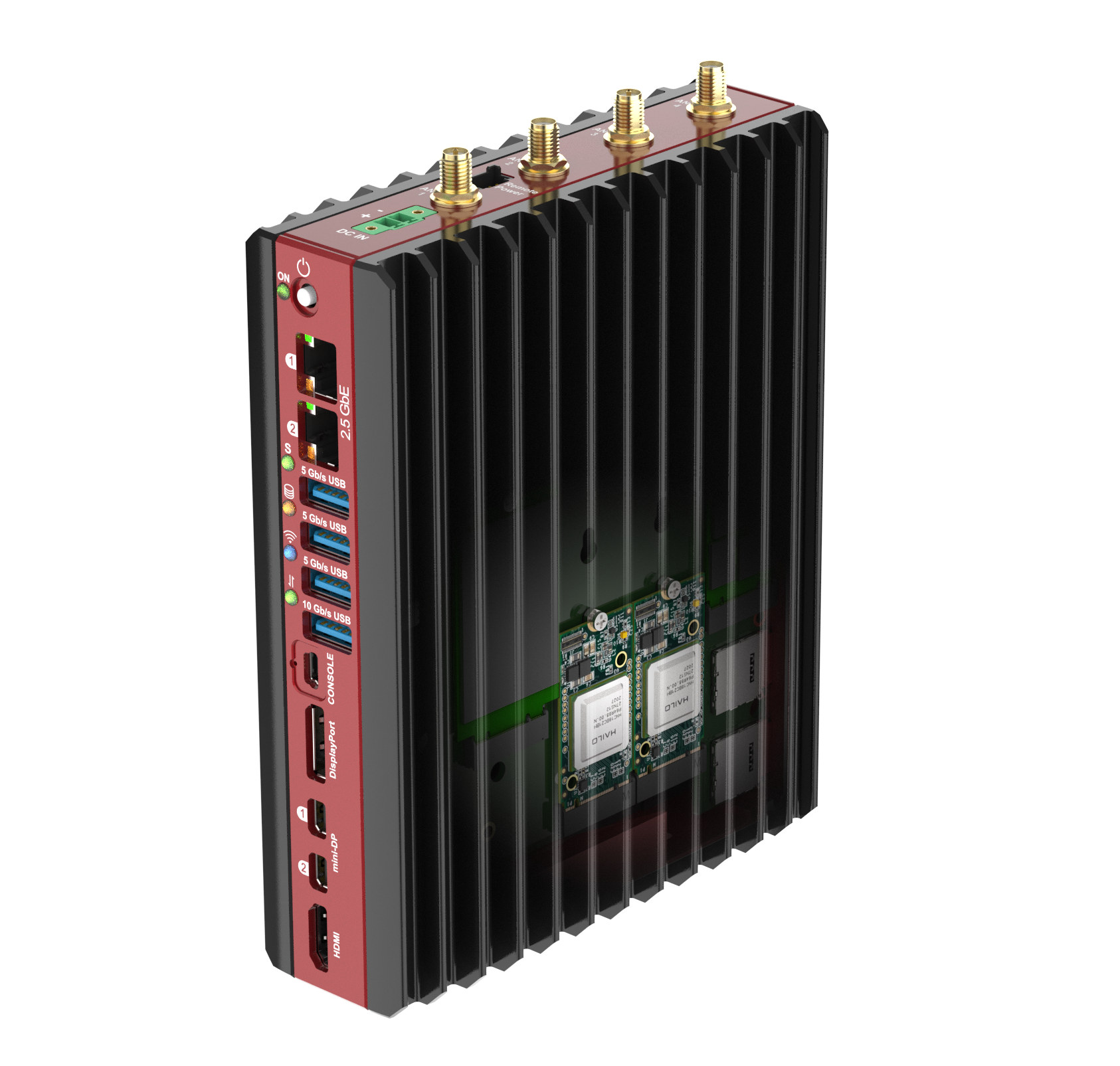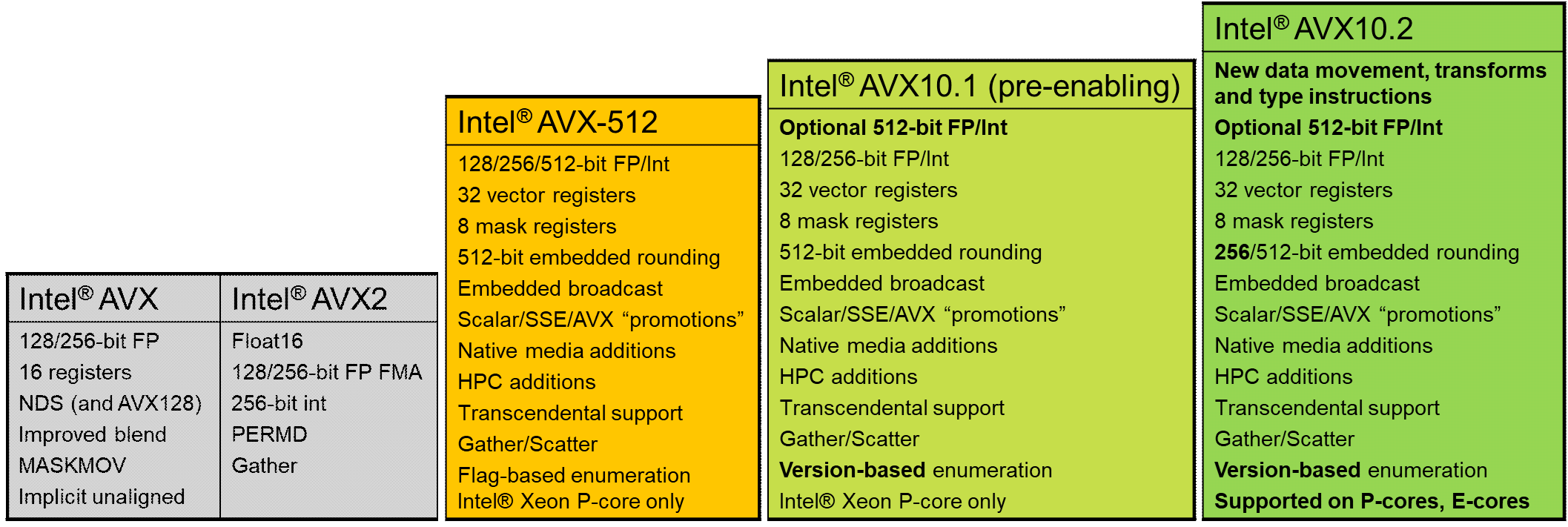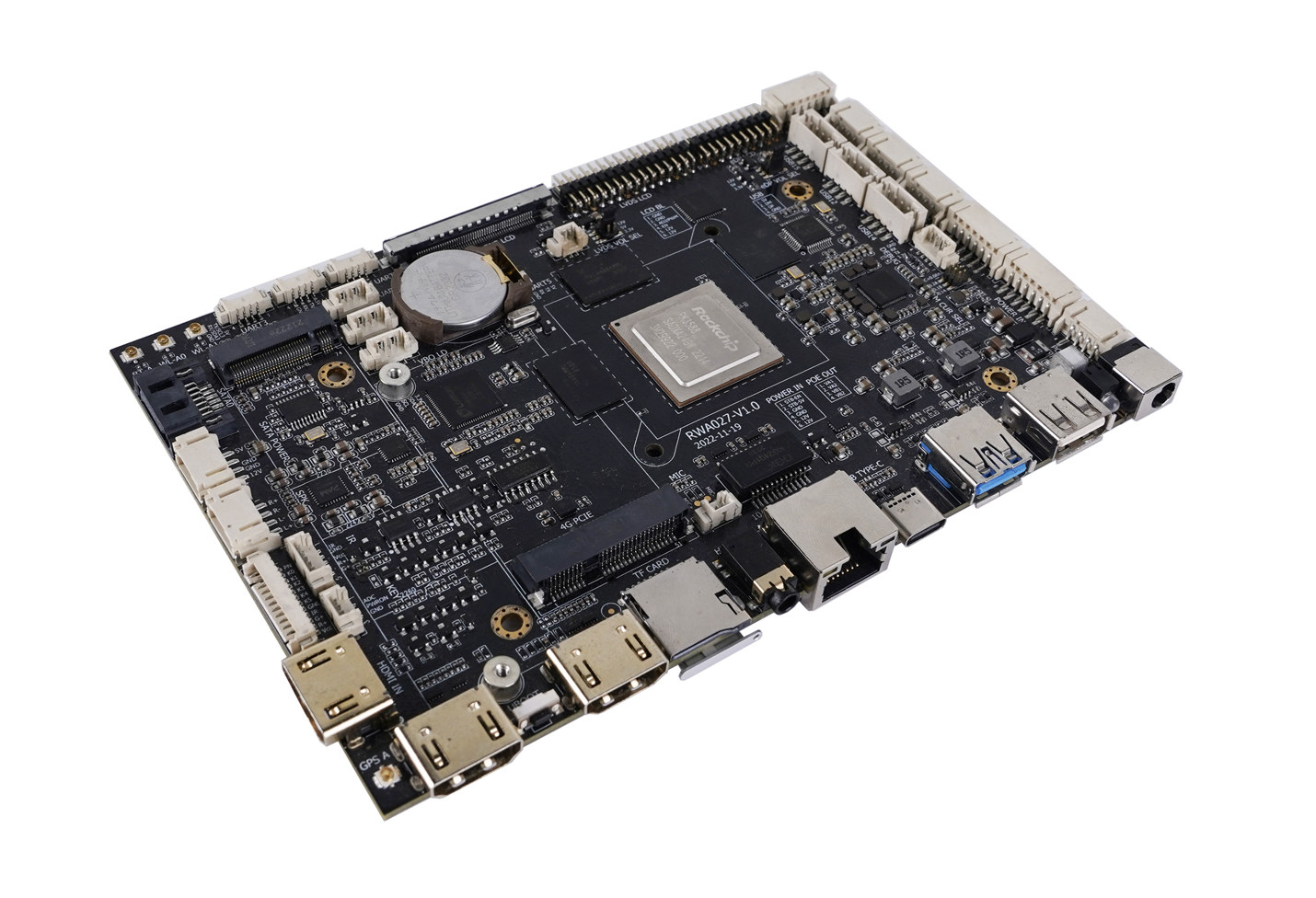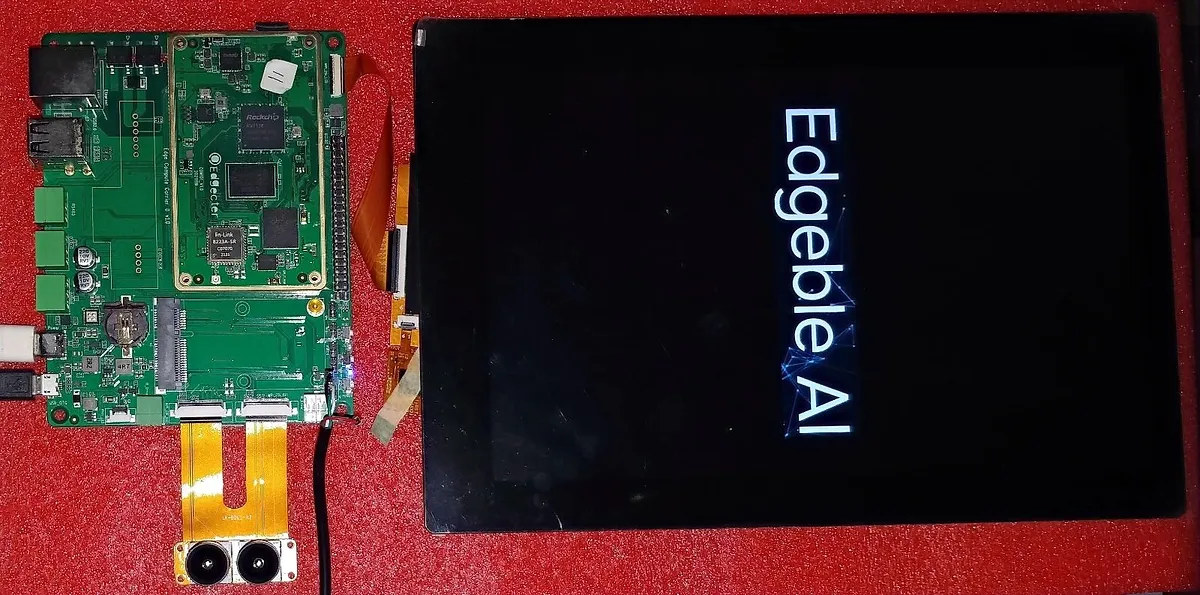Hailo introduced the Hailo-8 AI accelerator offering up to 26 TOPS in 2020, and we’ve found it integrated into many designs since then. The company has now launched a cost-down version with the Hailo-8L AI accelerator delivering up to 13 TOPS for more cost-sensitive entry-level edge devices, or workloads that do not require the more powerful Hailo-8. Hailo says the Hailo-8L offers low-latency, high-efficiency processing, and is capable of handling pipelines with multiple real-time streams and concurrent processing of multiple models and AI tasks. The new Hailo-8L is compatible with the Hailo-8 and relies on the same Hailo-8 software suite, so they could be integrated into existing designs for cost savings. Hailo-8L key features and specifications: 13 Tera-Operations Per Second (TOPS) Real-time, low latency & high-efficiency AI inferencing on edge devices No external memory required Scalable with simultaneous processing of multi-streams & multi-models Typical power consumption – 1.5W Commercial & […]
Tungsten700 SMARC SoM and devkit features MediaTek Genio 700 AIoT processor
Laird Connectivity Tungsten700 SOM is a SMARC system-on-module powered by a MediaTek Genio 700 Arm Cortex-A78/A55 AIoT processor with up to 8GB LPDDR4, 16GB eMMC flash, and a Sona MT320 Wi-Fi 6/Bluetooth 5.3 module based on the Filogic 320 chipset. The board was designed by Boundary Devices, recently acquired by Laird, and is offered with a SMARC 2.1 carrier board that can be used for development or as a single board computer integrated into designs. Tungsten700 SMARC module Tungsten700 specifications: SoC – MediaTek Genio 700 (MT8390) CPU – Octa-core processor with 2x Arm Cortex-A78 cores @ up to 2.2 GHz, 6x Arm Cortex-A55 cores @ up to 2.0 GHz GPU – ARM Mali-G57 MC3 GPU VPU as in “Video Processing Unit” Encode up to 4Kp30 HEVC/H.264 Decode up to 4Kp75 HEVC/H.264/AV1/VP9 VPU as in “Vision Processing Unit” – Tensilica VP6 Vision Processing Unit ISP Single Camera: 32MP @ 30FPS Dual […]
Turing RK1 RK3588 system-on-module for cluster boards is now available (for pre-order)
Turing Pi has been making mini-ITX cluster boards for Raspberry Pi CM4 and NVIDIA Jetson modules for over four years, but last year, the company teased their own Turing RK1 system-on-module based on a powerful Rockchip RK3588 Arm processor with 6 TOPS NPU while launching the Turing Pi 2 cluster board on Kickstarter and raising over 2 million dollars in the process. The Turing RK1 is now available for pre-order with the 8GB RAM going for $130, the 16GB model for $170, and you’d have to spend $260 if you need 32GB RAM. Most people will probably want to add $10 to purchase the RK1 heatsink with a built-in fan as well. Pre-orders are expected to start shipping on October 27. Turing RK1 specifications: SoC – Rockchip RK3588 CPU – Octa-core processor with 4x Arm Cortex-A76 @ 2.4 GHz, 4x Arm Cortex-A55 @ 1.8 GHz GPU – Arm Mali-G610 MP4 […]
Liontron Rockchip RK3588 motherboard ships with 32GB RAM for $352
We recently noted Firefly had started selling their Rockchip RK3588(S) boards with 32GB RAM, but pricing starts at $469, so lower cost options may be worth a look at, and Liontron sells a Rockchip RK3588 motherboard with 32GB RAM for $352 including shipping (note: it’s a brand new shop started in June 2023). The single board computer also comes with up to 128GB eMMC flash, SATA storage support, HDMI 2.1 video output, three LCD interfaces, dual Gigabit Ethernet, WiFi 6 and Bluetooth 5.0, and more. All that is offered in a low-profile motherboard that’s only marginally thicker (14mm vs 11mm) than the RWA027-RK3588 SBC we covered earlier this week. Liontron RK3588 motherboard specifications: SoC – Rockchip RK3588 CPU -Octa-core processor with 4x Cortex-A76 cores @ up to 2.4 GHz, 4x Cortex-A55 cores @ 1.8 GHz GPU – Arm Mali-G610 MP4 quad-core GPU with OpenGL ES3.2 / OpenCL 2.2 / Vulkan […]
Bedrock R7000 Edge AI fanless computer combines AMD Ryzen 7 7840HS CPU with Hailo-8 AI accelerators
SolidRun Bedrock R7000 Edge AI fanless computer combines an 8-core AMD Ryzen 7840HS/U Zen4 processor and up to three Hailo-8 AI accelerators for artificial intelligence applications in harsh environments with an industrial temperature range of -40ºC to 85ºC. The industrial embedded system comes with up to 64GB DDR5 memory, supports up to three M.2 NVMe SSD, and offers various interfaces such as dual 2.5GbE and four 4K-capable display interfaces using HDMI and DisplayPort. Just like the previous generation mode, the AMD Ryzen Embedded V3000-powered Bedrock V3000 fanless industrial computer, the BedRock R7000 is offered in three different form factors including the 30W and 60W dissipation model with integrated heatsink fins, and a tile variant designed to be fastened to a cold plate on a chassis. Bedrock R7000 Edge AI specifications: SoC – AMD Ryzen 7 7840HS or 7840U octa-core Zen4 processor clocked at 3.8 GHz / 5.1GHz (Turbo) with Radeon […]
Intel AVX10.2 ISA to enable AVX-512 capabilities on E-cores
Intel AVX10 SIMD instructions will succeed AVX-512 instructions with AVX10.2 adding support for Intel E-cores to bring multimedia and AI acceleration to low-power cores, while the earlier AVX10.1 will add version-base enumeration and make 512-bit instructions optional, but still only work on Intel (Xeon) P-cores. The new Intel Advanced Vector Extensions 10 (AVX10) architecture was unveiled in an update to the Advanced Performance Extensions (Intel APX) bringing AVR-512-like support to new hybrid processors with P-cores and E-cores, as well as potentially their entry-level versions with E-cores only. Intel explains the new SIMD architecture includes all the capabilities and features of the Intel AVX-512 ISA, both for processors that feature 256-bit maximum vector register sizes, as well as for processors that feature 512-bit vector registers. The AVX10 ISA adds a new version-based enumeration scheme that reduces the number of CPUID feature flags needing to be checked for feature support. As mentioned […]
Feature-rich, low-profile Rockchip RK3588 SBC is made for digital signage displays, industrial PCs, NVR, and more
Shenzhen Runwelltec RWA027-RK3588 is a low-profile SBC powered by a Rockchip RK3588 and equipped with plenty of connectors and ports. Those make the 11mm thin RK3588 board suitable for network video recorders (NVR), smart digital signage displays, industrial PCs, face recognition solutions, etc… The ultrathin board comes with up to 16GB RAM and up to 256GB eMMC flash, supports NVMe and SATA storage, provides HDMI 2.1 video output and five other LCD interfaces with optional USB/I2C touchscreen support, as well as two 4K-capable HDMI input ports, offers Gigabit Ethernet, WiFi 6 and Bluetooth 5.2 connectivity, up to nine USB interfaces, six UART, and so on. RWA027-RK3588 specifications: SoC – Rockchip RK3588 CPU – Octa-core processor with 4x Arm Cortex-A76 cores @ up to 2.4 GHz, 4x Arm Cortex-A55 cores GPU – Arm Mali-G610 MP4 GPU with support for OpenGL ES3.2, OpenCL 2.2, Vulkan1.1 AI Accelerator – 6 TOPS NPU VPU […]
Edgeble AI Neural Compute Module 2 (Neu2) follows 96Boards SoM form factor
Edgeble AI’s Neurable Compute Module 2, or Neu2 for shorts, is a system-on-module for computer vision applications based on the Rockchip RV1126 quad-core Cortex-A7 camera processor that follows the 96Boards SoM form factor. I first found the Neu2 and Neu6 (Rockchip RK3588) in the release log for the Linux 6.3 kernel, but at the time I found there was not enough information about those. The specifications for the Neu6 are still wrong (e.g. “64-bit processor with 4x Cortex-A7 core”) at the time of writing, so I’ll check the Neu2 system-on-module and its industrial version – the Neu2K based on RK1126K – for which we have more details. Edgeble Neu2 SoM specifications: SoC – Rockchip RV1126/RV1126K with CPU – Quad-core Arm Cortex-A7 @ 1.5GHz, RISC-V MCU @ 200MHz; (14nm SMIC process) GPU – 2D graphics engine NPU – 2 TOPS with INT8/INT16 VPU 4K H.264/H.265 video encoder up to 3840 x […]


